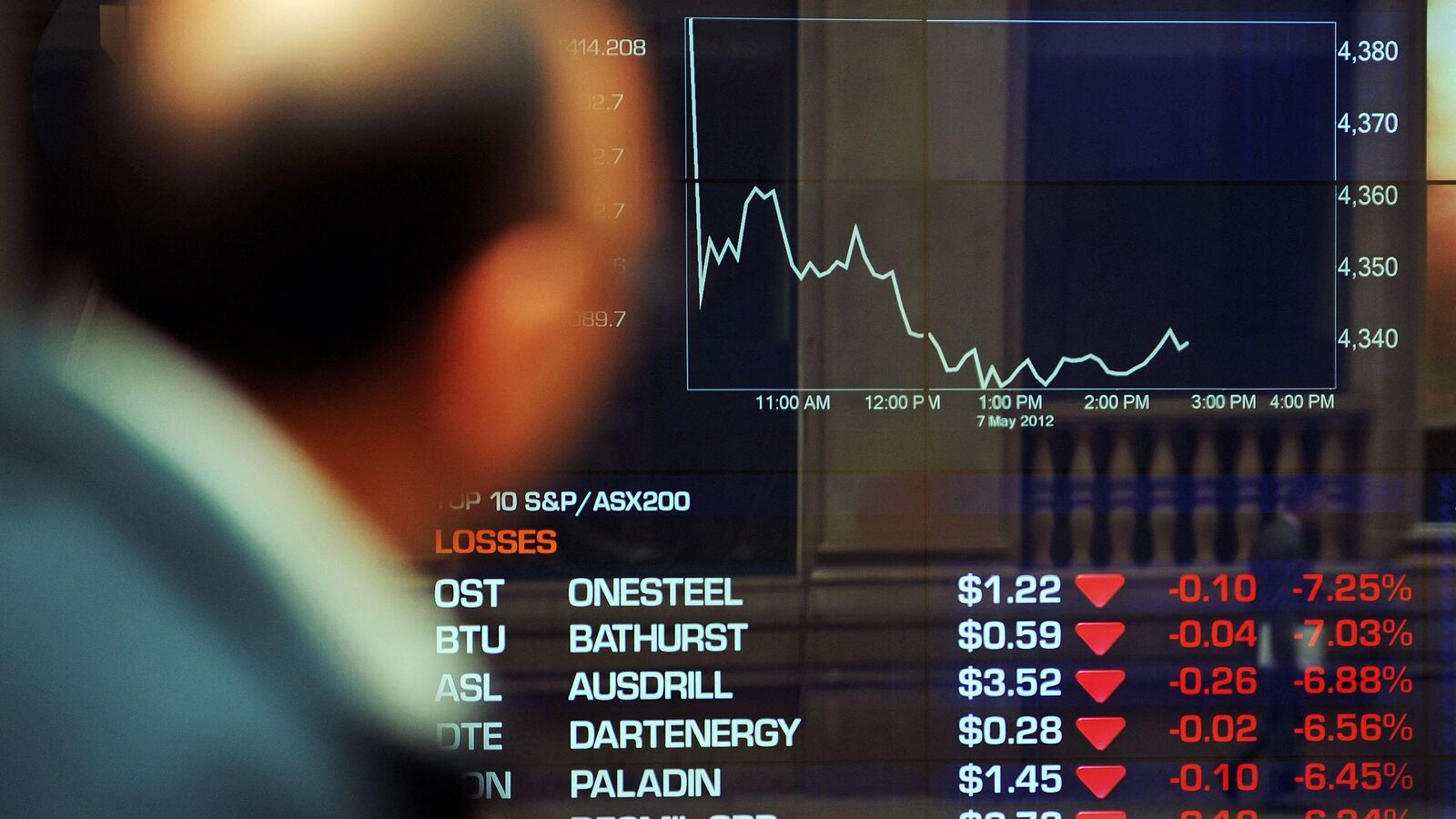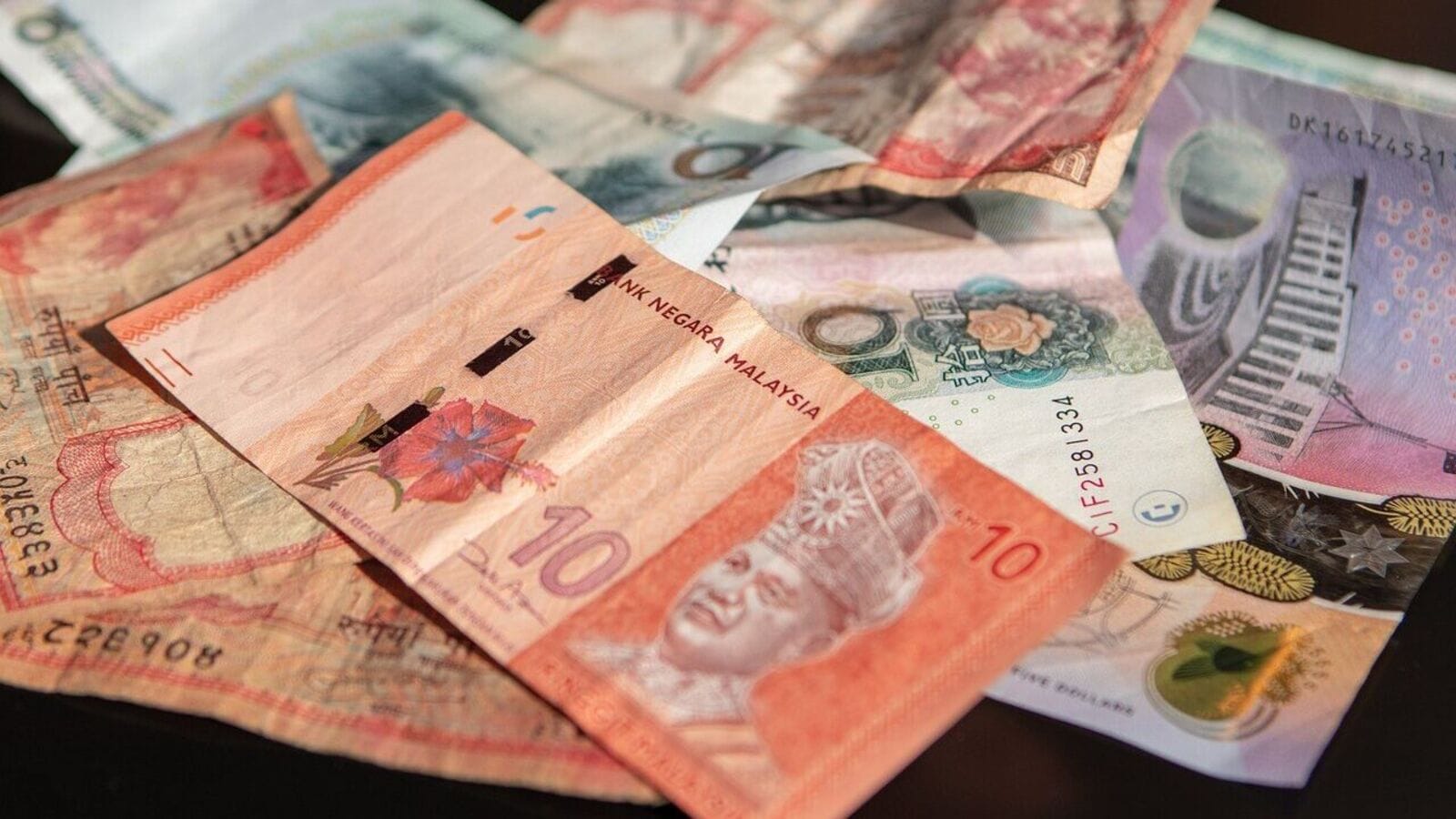Stock markets around the world already show a decline from the possibility of global economic recession.
Futures trading on Japan’s Nikkei and topics indices was stopped for some time, while Indian equity fell rapidly, some investors dropped the largest single-day drop in the history of Dow Jones as compared to the market upheaval, when 23% accidental in the US on 19 October 1987. The echo of that nervousness is coming out again, underlining the increasing global uncertainty.
Back home, India’s benchmark Nifty 50 index fell 5% to open the deal on Monday, while the Nifty Smallcap 250 was about 10% below, as global gitlers triggered a wide-based sales. The hit is especially painful for retail and high-net-forth investors.
Read this Tariffs Retail, HNI investors can drop 2.4% on Monday as a gift nifty signal to investors
What does it mean for Indian markets, which was on a tear from the beginning of the epidemic through 27, 2020 on March 24, 2020, increasing 250% at a record high of 26,277.35?
How weak is India?
Like most open economies, India has been deeply integrated into global trade and investment flows. Global growth and border-cross-border trade will directly affect export-oriented businesses, while also as overall development to trigger the impact of the second order on domestic-facing companies.
Export of goods and services of India was around $ 750 billion during the April -25 February, while imports reached $ 839.39 billion. With GDP, $ 4 trillion is estimated, export was at 19% of GDP and imports 21% during the same period – global value meets India’s risk for chains.
America is the largest trading partner in India, and one of the few countries with which India had a trade surplus in 2023-24. India faces an additional 26% average tariff on its exports to the US, which is relatively low compared to levy on many other Asian exporters, but still a notable shock.
How are Indian stocks responding?
Listed Indian companies are likely to come under pressure from earning and evaluation, with global supply chains facing potential disruption from anti -anti -trade measures.
The largest intraday drugs on the Nifty, Infosys Limited and Tata Consultancy Sevis Limited (TCS) -India’s top two software exporters along with Reliance Industries Limited, a leading petroleum products exporter and state bank, a major petroleum products exporter and the country’s largest lender.
The regional deficit of the day has exposed the width of investor anxiety, especially on India’s global relations. If trade deadlock increases, India’s GDP growth in FY 26 may slip towards the bottom of the 6.3–6.8% forecasting limit in the Economic Survey.
How is retail investors kept?
Retail flow in equity had increased in the last one year, inspired by investor’s participation and disciplined investment through systematic investment plans (SIPs).
According to data from the Mutual Funds Association (AMFI) in India, mutual fund inflices increased from 37% to 37% through SIP. 1.9 trillion in FY24 2.6 trillion in FY25 (April -February).
The direct equity investment by retail investors also saw a major jump. Investors put 1.4 trillion in NSE-list shares during April-February FY25, 197% increase 47,241 crore a year ago invested in the same period, exchange data show.
Increasing instability can now hurt these investors. NIFTY 50 has dropped 16% from its September high, trading at 22,180’s Intrade low on Monday. If global uncertainty intensifies and risks appetite, it becomes more weak, can be darker than selling.
Read this Here are regional winners and losers from Trump’s mutual tariff
India’s investor Aadhaar continues to expand rapidly, with increased from 9.16 crores to 11.17 crore in FY14 to FY 25 (April -Farvari) in FY14.
Portfolio in red color
Depending on one year, investors have slipped into the portfolio red, with the Nifty 50, a negative return of 1.5% of the 22,180 intraday level of Monday level with Nifty 50.
Mutual fund investors are not immune either. Many are now staring at losses in the last one year, and a senior money manager has warned that the ongoing instability can reduce the fresh flow in the sip, while the redemption can also increase the pressure.
Pain is particularly pronounced in small-cover shares-a favorite among investors. Nifty Small hat The 250 index has declined by 9% over a period of one year, outlining increased vulnerability in market -risk segments.
What are the futures market indicating
The Nifty Futures saw an 8.5% increase in open interest on Monday, even the index fell from nearly 22,904.45 to 3% Intrade by 22,180 – moving as traders, building fresh small posts.
It remains about the global context. NASDAQ has officially entered the Bear Bazaar area, which is below its record high of 23% of 20,204.58 on 16 December, close to 15,587.79 on Friday. This puts more pressure for Indian IT stocks-especially large exporters increased their 11.91% weight on nifty, the second for financial services at 37.30% as March-end.
Also read India is measured between Trump’s tariff war, pushes for American trade deal
As weakness spreads from one market to another, a comprehensive approach remains severe. Investors should brace for continuous instability and further pain in the asset classes.












